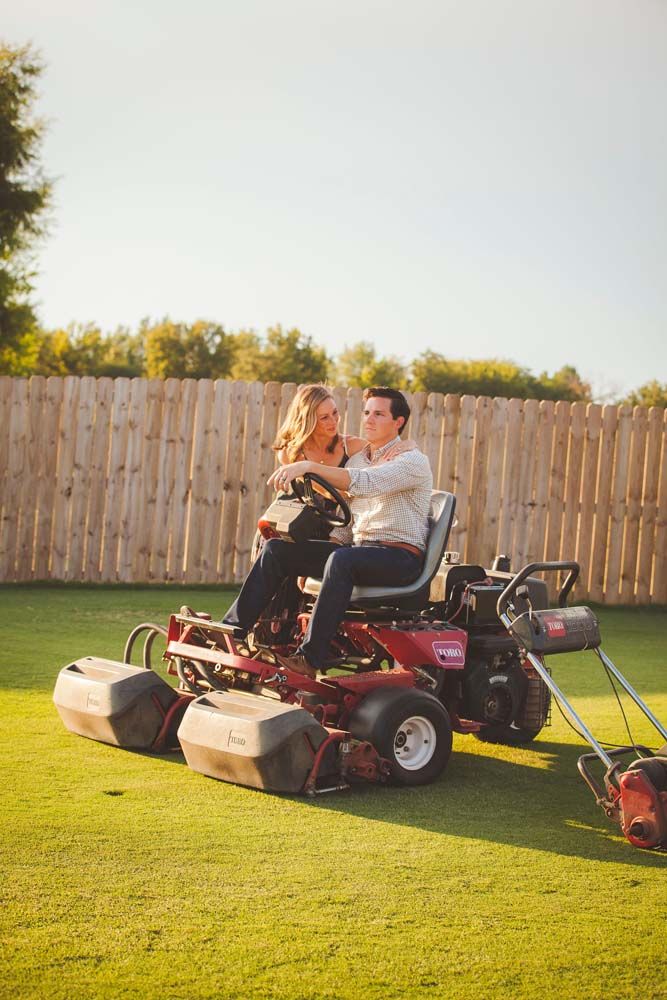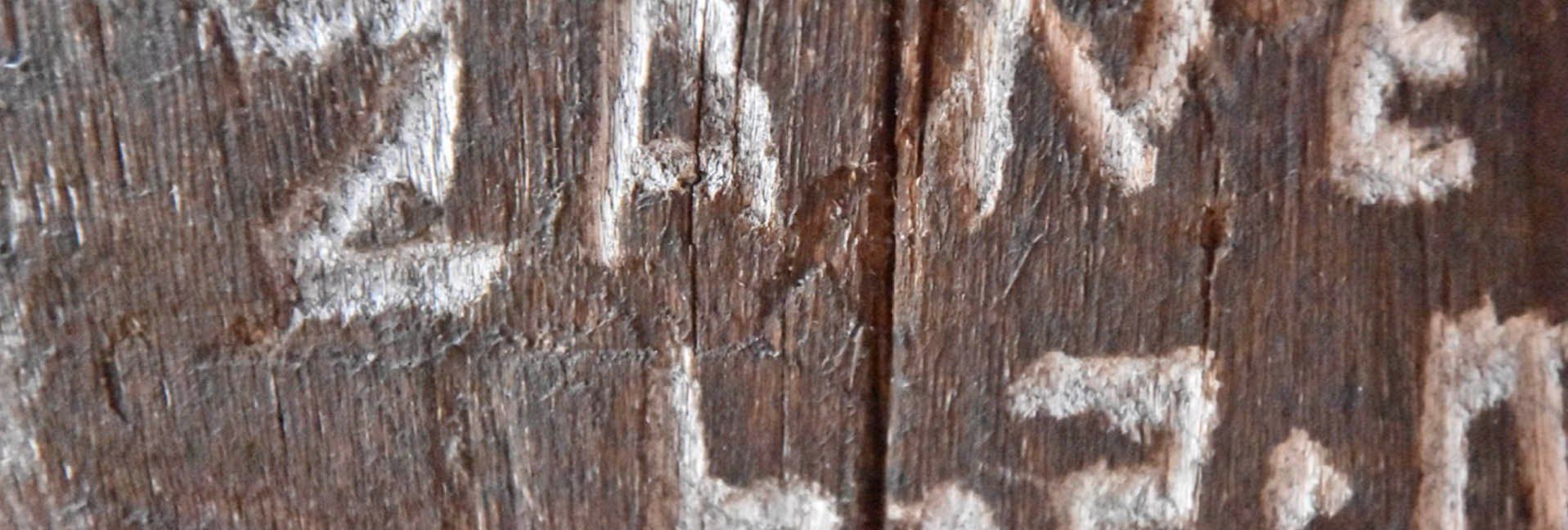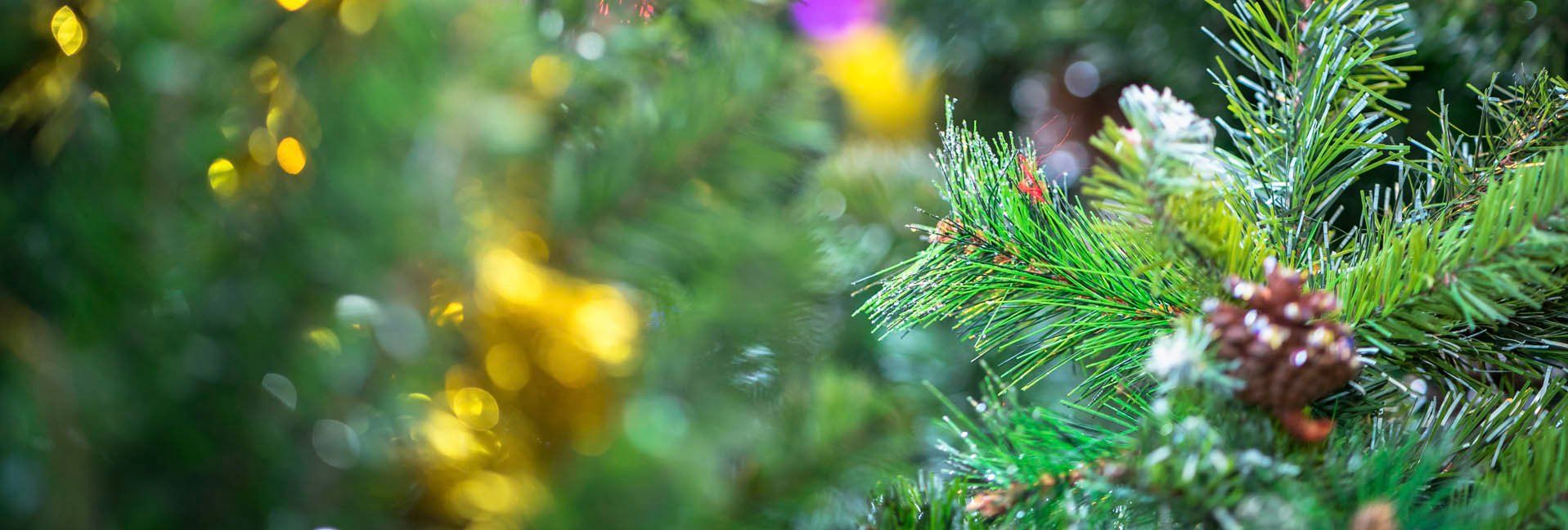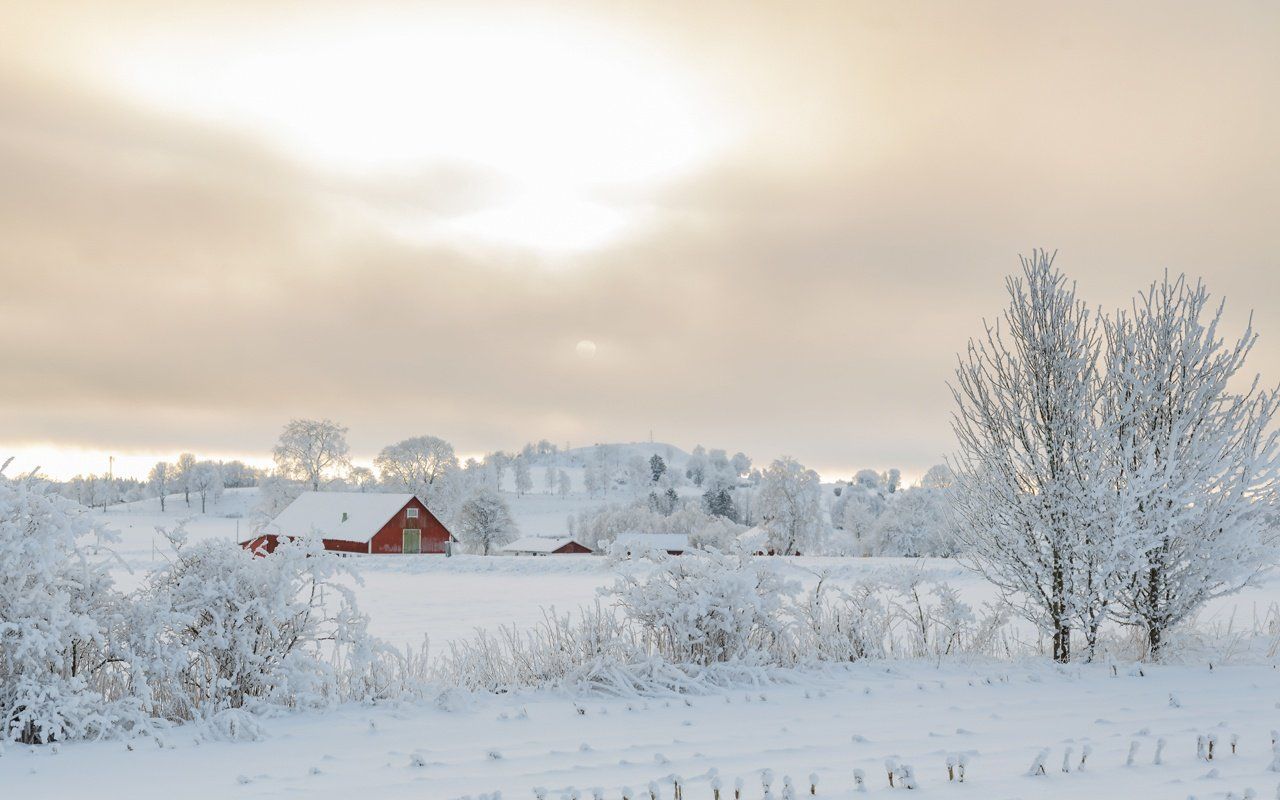Six Things You Didn’t Know About Reindeer


Flying to rooftops isn’t one of them
Thanks to ‘Twas the Night Before Christmas and other Santa-themed holiday songs and stories, many of us know the names of Santa’s reindeer by heart. But while we know plenty about the lives of fictional reindeer (Like, they never let poor Rudolph join in ANY reindeer games!), how much do we actually know about real reindeer?
If you find that you’re lacking a bit in reindeer knowledge, prepare for the Christmas season by exploring these interesting facts about reindeer. A random reindeer fact can be a great conversation starter!
1. Reindeer and caribou are the same thing
When we think of reindeer, we tend to think of the frozen arctic and tundra habitats of far northern Asia and Europe, but you should actually add the high latitudes of North America to that list as well. In North America, reindeer are known as caribou, and the two are genetically the same species, although there are minor differences. Caribou are native to the far northern regions of Alaska and Canada—as well as parts of Greenland—and are generally the larger, “wild” version of the species, as opposed to the Asian/European reindeer which tend to be smaller and are more often domesticated. Generally speaking, the Asian/European “reindeer” are raised, herded, tended, and utilized by locals as a food source and work animal (especially for pulling sleighs), while the North American caribou is more often hunted and left in a wild state rather than raised in an agricultural sense. There are also minor subspecies within both caribou and reindeer, essentially based on their environments.
2. Female reindeer grow antlers…
In other species, such as whitetail deer, elk, or moose, only the males grow antlers. But reindeer are unique among all other members of the Cervidae family in that it is common for females to grow antlers as well. Typically, a doe’s antlers are not as large as a buck’s, and not every female will grow antlers every year, but it is an interesting reindeer trait.
3. ...and so do calves!
On the classic Rudolph TV special, young Rudolph already has tiny antlers, even as a calf. An oversight? Not at all—reindeer calves do indeed begin to grow antlers during their first year of life, developing short antlers by the time they are four months old. Reindeer continue to grow antlers every year throughout their lives, although (like other deer) they “drop” these antlers and regrow them seasonally.
4. Reindeer are born ready to run
Reindeer calves are almost always born singularly, with a gestation period of around 230 days. Calves can already run within 90 minutes of birth, and are ready to migrate with the herd very soon after that. Reindeer can travel enormous distances during their migrations, with some North American caribou herds migrating over 3,000 miles a year. (Those fictional flying reindeer have a definite advantage!)
5. Reindeer are excellent swimmers
Reindeer encounter a variety harsh of terrain while migrating throughout the arctic regions, and must sometimes cross water, including rivers and sections of ocean. Happily, reindeer are strong swimmers and able to cope with difficult water conditions. This is partly due to the fact that the hair on their outer coat is hollow, which helps to create additional buoyancy in the water. On dry land, the hollow hair helps with insulation, keeping the reindeer’s body heat from escaping into the arctic air. (Bonus fact: one of the world’s oldest works of art is an ivory sculpture that portrays two swimming reindeer.)
6. Reindeer milk is rich in fat
Milk from common breeds of domesticated dairy cows might have a fat content of around 4 percent, but reindeer milk has an amazing fat content of 22 percent! That’s the highest fat content of any animal milk utilized by humans. Not surprisingly, milk from other mammals in the Polar Regions (including seals) also has a high fat content.
Tags:Features

Acreage Life is part of the Catalyst Communications Network publication family.













